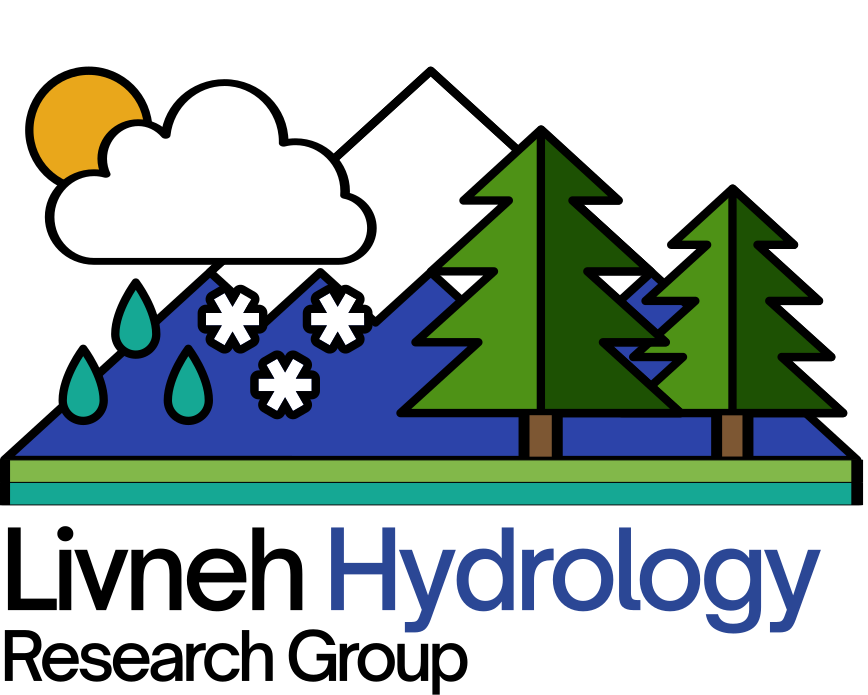The primary research interests of my research group is in quantifying the hydrologic impacts of both climate change and land cover disturbance processes across multiple scales. The scientific community’s understanding of climate change continues to evolve, and so we need a flexible framework—models, observations, and communication—to evolve together with this understanding. The tools we use in my research group to address these challenges involve integrating observations with modeling and statistics, to attribute causes and improve process understanding.
Current Research
Since 2002, the Upper Colorado River Basin (UCRB) region has experienced widespread tree mortality from bark beetle infestation that has taken place across a range of forest types, elevation, and latitude. Additional disturbance has resulted from deposition of regional dust on mountain snowpacks, which strongly alters the snow surface albedo. Potential changes in regional hydrology have important implications for regional water management decisions, i.e. reservoir operation and planning. To address these issues, I led an interdisciplinary research effort to quantify how the aforementioned snowmelt perturbations affect water regional resources.
This was the first study to explore the combined hydrologic impacts of bark beetle and dry-land dust deposition on snow. The extent and severity of hydrologic disturbances were used to parameterize and drive a high-resolution hydrologic modeling framework (~100 m grid cells) using aerial survey data, MODIS-derived leaf area index (LAI), and dust-on-snow radiative loading, as well as in situ measurements. Results show that bark beetles contribute to overall increases in annual water yield of approximately 10%, primarily due to greater snow accumulation from reduced canopy interception and ET. However, maximum understory regeneration roughly halves the changes in water yield. Dust-on-snow led to earlier simulated peak streamflow rates of 1–3 weeks, consistent with previous literature, while combined bark beetle and dust-on-snow produced modest compounding effects, due to their relatively exclusive nature.
Observational Hydrometeorological Dataset Development
A common challenge in driving land surface models, or evaluating climate model predictions is the lack of comprehensive observations at the spatial and temporal resolutions that the models operate. To address this issue, I’ve developed station-based gridded hydrometeorological data sets over large parts of the North American continent with data sets extending as far back as the year 1915. Daily temperature and precipitation data from thousands of stations are combined to estimate gridded fields at a 1/16° (~6 km) resolution that I’ve used to create a set of model-derived hydrologically consistent states and fluxes at a daily time step over this large domain. Many applications for these data exist that offer insights into impacts of climate on water availability, such as mapping precipitation deficits and high temperatures during drought and simulating their effect on soil moisture.
Drought Characterization
The occurrence of drought is associated with damage to property, outbreaks of disease, and famine. One possible explanation for these impacts is the lack of prompt and comprehensive preparation and response due to the lack of proper recognition of drought development. Therefore, improving drought prediction has potential to prevent innumerable damages, yet drought remains difficult to observe and model drought due to its broad scale and scope. My research aims to advance the understanding of drought processes by modeling relationships between precipitation deficits, high temperatures, and soil response. Major regions of interest include the Colorado River Basin, California, and the Great Plains—all areas of either regional importance, large populations, or agricultural vulnerability. My preliminary analyses shows that physically-based land surface models and remote sensing independently reproduce key drought signals. The ability to realistically model drought enables a clearer process understand of historical events as well as potential future drought characteristics altered by climate change.

